|
|
|
|||||||||||||||||||||||||||||||||||||||||||||||||||||||||||||
|
|||||||||||||||||||||||||||||||||||||||||||||||||||||||||||||
|
|
|
|
|||||||||||||||||||||||||||||||||||||||||||||||||||||||||||||
|
|||||||||||||||||||||||||||||||||||||||||||||||||||||||||||||
|

|
||||||||||||||||||||||||||||||||||||||||||||||||||||||||||||||||||||
|
||||||||||||||||||||||||||||||||||||||||||||||||||||||||||||||||||||
|
In today’s complex financial environment, hedging in futures stands as one of the most effective tools for managing risk. From multinational corporations to individual traders, futures hedging strategies play a pivotal role in preserving capital, ensuring predictability in uncertain markets, and enhancing portfolio performance. But what does it truly mean to hedge futures? Why should traders care about this centuries-old technique? And how does a trusted brokerage like Cannon Trading Company, backed by five-star TrustPilot ratings and a stellar compliance history, elevate the experience of futures contract trading?
Let’s dive deep into the world of hedging futures, its tangible benefits, drawbacks, historical journey, and what traders can expect moving into the second half of the 2020s.
Hedging in futures refers to the strategic use of futures contracts to reduce or eliminate the risk of adverse price movements in an asset. It’s akin to buying insurance—traders or businesses enter into offsetting futures positions to protect their core holdings or future purchases.
Imagine a wheat farmer who anticipates a harvest in three months. Concerned about falling prices, they may hedge futures by selling a wheat futures contract today. If prices decline by harvest time, the loss in the cash market is counterbalanced by the gain in the futures trading position. Conversely, a bakery needing flour might lock in prices via futures contract trading to avoid unexpected cost increases.
This duality—protection against price volatility—is the essence of futures hedging.
The advantages of hedging in futures stretch across industries and trader profiles. Let’s examine some of the most impactful benefits:
While futures hedging is powerful, it’s not without challenges. Let’s break down both sides:
✅ Pros
❌ Cons
Despite these drawbacks, the risk-return tradeoff often justifies hedging—especially when executed with a knowledgeable partner.
The roots of futures contract trading trace back to ancient Mesopotamia, where farmers and merchants agreed on prices ahead of time. The modern era of futures trading, however, began with the Chicago Board of Trade in the 19th century. Back then, hedging futures was predominantly used by agricultural producers and processors.
The 1970s brought financial futures—contracts on currencies, interest rates, and later stock indexes. The launch of e mini contracts in the late 1990s revolutionized access, allowing individual traders to hedge and speculate alongside institutions.
The rise of online institutional trading platforms in the early 2000s, along with algorithmic execution and real-time analytics, made futures hedging faster, more precise, and accessible to a wider audience. Tools like stop-loss hedging, delta-neutral strategies, and multi-leg spreads became common.
As we advance into the second half of the 2020s, several trends are reshaping the futures hedging landscape:
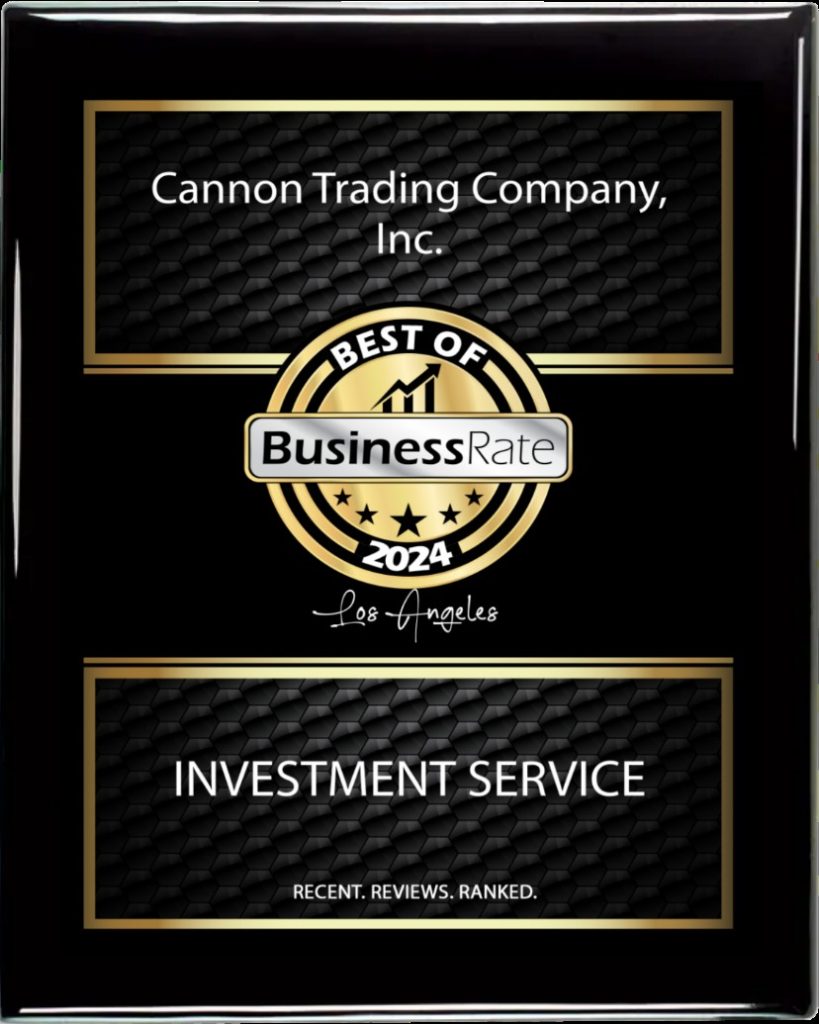
When it comes to selecting a brokerage for futures contract trading, not all brokers are created equal. Here’s why Cannon Trading Company consistently stands out:
Case 1: Equity Portfolio Hedging
An investor with a $1 million stock portfolio might fear a market downturn. They could sell E-mini S&P 500 futures to hedge. If the market drops, the loss in the portfolio is offset by gains in the emini position.
Case 2: Agricultural Hedging
A corn producer facing uncertain prices can sell corn futures contracts during planting season. Come harvest, if prices drop, the futures gain compensates the cash market loss.
Case 3: Corporate Currency Risk
An exporter expecting €5 million in receivables three months from now can sell euro futures contracts to lock in the exchange rate, avoiding surprises from currency fluctuations.
Hedging in futures is not merely a defensive tool—it’s a proactive strategy to stabilize income, reduce uncertainty, and navigate complex markets. While it has risks and requires expertise, the evolution of institutional trading platforms, coupled with sophisticated analytics, has made futures hedging more accessible and impactful than ever before.
As we move further into the 2020s, advancements like AI-driven hedging, ESG-linked products, and decentralized infrastructure will further reshape how traders and institutions hedge futures.
For traders seeking a reliable partner to navigate these changes, Cannon Trading Company stands as a gold standard—offering trusted expertise, five-star service, and cutting-edge platform diversity to support every kind of futures trading journey.
Ready to start trading futures? Call us at 1(800)454-9572 (US) or (310)859-9572 (International), or email info@cannontrading.com to speak with one of our experienced, Series-3 licensed futures brokers and begin your futures trading journey with Cannon Trading Company today.
Disclaimer: Trading Futures, Options on Futures, and retail off-exchange foreign currency transactions involve substantial risk of loss and are not suitable for all investors. Past performance is not indicative of future results. Carefully consider if trading is suitable for you in light of your circumstances, knowledge, and financial resources. You may lose all or more of your initial investment. Opinions, market data, and recommendations are subject to change at any time.
Important: Trading commodity futures and options involves a substantial risk of loss. The recommendations contained in this article are opinions only and do not guarantee any profits. This article is for educational purposes. Past performances are not necessarily indicative of future results.
This article has been generated with the help of AI Technology and modified for accuracy and compliance.
Follow us on all socials: @cannontrading
In the volatile and often unpredictable world of financial markets, risk management is not merely a strategy—it is a necessity. For both retail investors and large institutions, one of the most reliable ways to manage that risk is through futures hedging. But what exactly does it mean to hedge with futures? How has this technique evolved over the years? And why is partnering with a seasoned brokerage like Cannon Trading Company a smart move for traders of all levels?
This in-depth article explores the definition, science, pros and cons, evolution, and future outlook of hedging in futures. We’ll also examine why Cannon Trading Company, with its exceptional TrustPilot ratings, regulatory reputation, and vast platform selection, stands out as a premier brokerage for futures contract trading and risk management.
Futures hedging refers to the use of futures contracts to reduce or eliminate the risk of price movements in an underlying asset. These contracts obligate the buyer or seller to purchase or sell a specific quantity of an asset at a predetermined price on a specified date in the future.
Imagine a grain farmer concerned about a drop in wheat prices before harvest. By selling wheat futures contracts now, the farmer can lock in a favorable price, ensuring predictable revenue regardless of future market conditions. Conversely, a bread manufacturer worried about rising wheat prices can buy futures to secure today’s price and safeguard against inflationary shocks.
Whether it’s agricultural commodities, precious metals, energy, or financial indices like the E-mini S&P 500, hedging futures is all about protecting profits and stabilizing operations in uncertain times.
At its core, futures hedging is a mathematical and statistical endeavor. Successful hedging in futures requires more than just intuition—it’s about measuring market exposure, understanding correlations, and calculating hedge ratios. Here’s how the science breaks down:
The practice of futures contract trading for hedging goes back centuries, originating in agricultural markets. However, its sophistication and scope have expanded drastically in recent decades:
As we enter the second half of the 2020s, futures hedging is poised for further innovation. Here are some trends shaping its future:
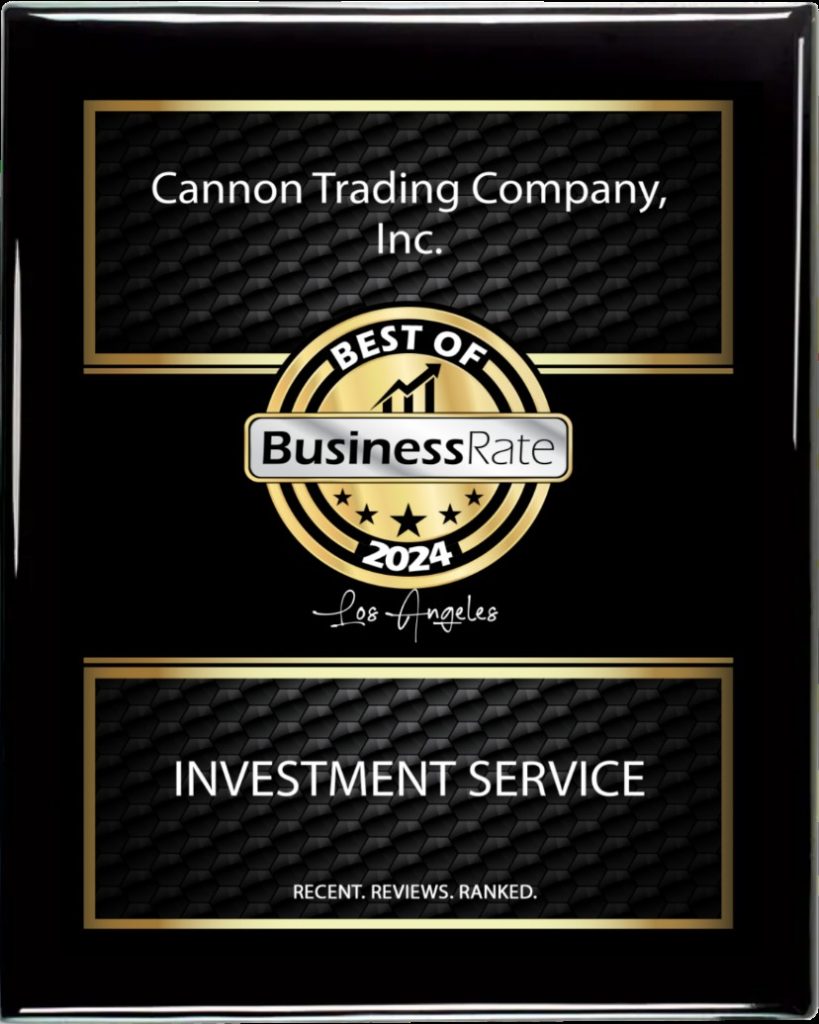
For traders looking to engage in futures hedging with confidence, experience, and the best tools, Cannon Trading Company stands out as a premier partner. Here’s why:
Futures hedging is not just about protection—it’s about precision, foresight, and flexibility. As global markets continue to grow more interconnected and volatile, the ability to control downside while preserving upside is invaluable.
Whether you’re hedging exposure to commodities, equities, interest rates, or environmental risks, hedging in futures offers an efficient, transparent, and powerful toolset. However, like any advanced strategy, it demands the right education, platform, and brokerage.
That’s where Cannon Trading Company delivers. With decades of experience, top-tier platforms, elite customer support, and a reputation backed by 5-star reviews and industry regulators, Cannon is the brokerage partner of choice for traders serious about mastering futures contract trading.
If you’re ready to embrace the future of futures hedging, Cannon Trading Company is ready to help you get there.
Ready to start trading futures? Call us at 1(800)454-9572 (US) or (310)859-9572 (International), or email info@cannontrading.com to speak with one of our experienced, Series-3 licensed futures brokers and begin your futures trading journey with Cannon Trading Company today.
Disclaimer: Trading Futures, Options on Futures, and retail off-exchange foreign currency transactions involve substantial risk of loss and are not suitable for all investors. Past performance is not indicative of future results. Carefully consider if trading is suitable for you in light of your circumstances, knowledge, and financial resources. You may lose all or more of your initial investment. Opinions, market data, and recommendations are subject to change at any time.
Important: Trading commodity futures and options involves a substantial risk of loss. The recommendations contained in this article are opinions only and do not guarantee any profits. This article is for educational purposes. Past performances are not necessarily indicative of future results.
This article has been generated with the help of AI Technology and modified for accuracy and compliance.
Follow us on all socials: @cannontrading
One of the most profitable areas a stock market broker can get into is commodities futures and you can start trading them right now with the right research tools and trading strategy to bet on the future of the market while you’re trading stocks and growing your bank account. Any online brokerage account should have a diversified portfolio with plenty of commodity futures and options trades to go around and pad the investment accounts, whether you’re self-directed or use online brokers. Most online brokers know the importance of investment objectives and can almost always be met with the help of futures and financial advisors are always there to give you an idea of where they’ll be the time your trade goes through.
Active traders have plenty of options when it comes to stock and ETF trades and a stock market broker is going to suggest that every investment portfolio has a few things to hedge your bets and ensure you’re growing your bank account and never losing money with your stock trading. Investment holdings should always include mutual fund trades, stock ETF trades, and commodity futures and every good stock trading platform will have a mobile app that lets you make the most of them. Here’s all the information that active stock traders need to get into commodities and buy stocks that not only cover their account fees but make them money.
There are interactive brokers and online brokers that will sell stocks and mutual funds for you and take all the work of e-trade away from you so you can sit back and watch your account grow and mature over time and that might be the best option for beginner investors before they start trading. They’ll make all the investment decisions for you and they’ll make a cash bonus when exchange-traded funds get a boost, but you can choose commission-free trades by using a mobile app to do it all by yourself. Active investing takes many research tools and the best online stock brokers will have the educational resources you need to get the most out of trading platforms without using full-service brokers.
Your online brokerage account should come with investment advice and access to mutual funds trading forex trading, and alternative investments that you can look at and decide if you want to get into the same areas that advanced traders are using in their online brokerages. You can start trading right now by setting margin accounts on your online brokerage account and full-service brokers will take over from there, or you can act as your online broker and use trading platforms and brokerage firms for research. There are many financial products to choose from and the decision is yours, but you should ensure you have all the information you need to make the correct one.
There are a few things to consider when you want to find the best brokerage accounts to help with your active investing and there are financial products, such as discount brokers, to help you buy stocks with a brokerage account that makes you money and grows your bank account. The best online brokers will have options for active traders as well as access to a full-service broker to take your taxable brokerage account and do all the trading work for you. These online brokers know the stock market and are monitored by the financial industry regulatory authority to keep you and your money safe.
It’s important to consider account minimums on any mobile app you choose to use so you can be sure that your online brokerage platform is something you can comfortably afford until you start to sell stocks and make money through mutual funds and stock and ETF trades. Stock trading platforms are monitored by the Securities and Exchange Commission so your taxable brokerage account is secure and your account minimum is safe. The best online brokerage accounts keep their account fees low so you can buy stocks and make money simply by using a mobile app that supports your active investing decisions.

The best online brokerage platform will have every option available to you, from Morgan self-directed investing to online brokers who trade mutual funds, futures, and commodities for you, based on your long-term goals and the amount of money you’ve given the trading platform to use on your behalf. If you want fully commission-free trading, it’s best to act as your online broker and use the trading platform for information and educational resources that let you make the best decisions for your trades. This is great for advanced traders who know how the market works and want to use the broker’s online trading platform for support rather than a full-service broker.
No matter which type of brokerage account you get, your money will be protected by the Securities Investor Protection Corporation if the firm goes bankrupt for any reason or the stock trading platform gets shut down. The best online broker will have educational resources on a mobile app that you can access to carry out the investment decisions you’ve made. You’ll also have access to interactive brokers and online brokers to do the e-trade work for you so you don’t have to do it all on your own.
Interactive brokers are easy to find on the right trading platforms and active traders will take your goals and make e-trade decisions based on what you want from brokerage firms and all you have to do is set up an account on a mobile app. Everything from alternative investments to stock ETF trades and options trades will be available to you as soon as you get set up and you’ll have the best online brokers and interactive brokers working for you on your trading platform. Active traders and discount brokers will have your account minimum to work with and you get to watch your investment accounts grow.
Of course, you don’t have to use interactive brokers on any trading platforms if you want to act as your full-service broker and do the e-trade work on your own. Some of the best online brokers are people who do it on their own with self-directed trading platforms and it can be the best commission-free trading that you can get into. Trading stocks in commodities futures can be very lucrative, as long as you have the educational resources it takes to know what’s happening and which moves you should make.
Stock trading platforms are great for active traders because brokerage firms have done the leg work of gathering information on stock trading so you can make self-directed trades without paying online brokers to do it for you. The best online broker platform will have real-time information you can access whenever you need it before you make an e-trade and bet on the future of the commodities of your choosing. Stock and ETF trades should be easy to access and they’ll have charts that show you where a stock has been so you can make an informed decision on where it will be in the future.
Stock trading platforms will have full-service brokers to utilize, as well as self-directed e-trade options that you can choose based on your needs and how you want to go about your options trades. The right stock trading platforms will allow you to add and draw from your account for your money is never locked away from you and you’ll get the same information that brokerage firms and the best online brokers get to use. Interactive brokers will also be available to help you make e-trade decisions so your stock trading and mutual funds always turn profits, just like full-service brokers would be making for you.
Whether you go with self-directed investing or interactive brokers on a better stock trading platform, your account minimum will always be safe and your information will always be kept as secure as possible, so you can act as your online broker without worrying about it being stolen. Most online brokers and interactive brokers utilize security features on their trading platforms that encrypt your data from end to end so your stock and ETF trades stay safe from outside interference. Your banking and personal information will be secure, and your account minimum will always be there for you.
The Securities Investor Protection Corporation will also insure your money in the event your stock trading platform goes bankrupt or shuts down, just like the money in your bank is protected. It’s also overseen by the financial industry regulatory authority so everything is safe, from mutual funds trades to ETF trades and options trades. No matter what you trade, you’ll always be safe and secure when you use the best brokerage accounts you can find.
No matter what kind of brokerage account you have at your brokerage firm, your money is always insured and protected, so you don’t have to worry about it disappearing from the trading platform or your account minimum being taken. The trading platform and online broker will use high security features and everything will be overseen so you can sell stocks and deal in commodities futures with full peace of mind. Every brokerage account gets the same level of security, whether you’re using interactive brokers or simply trading with the account minimum they require you to have.
It makes it easy to choose a brokerage firm that gives you access to commodities futures trading, mutual funds, options trades, and stock ETF trading when you know your money is insured and your information is always kept secure. You can make any investment decisions you want and the best online broker you can get will have your back, no matter what happens. Keep in mind that online brokers are overseen, just like all other brokerage accounts that you can open and manage.
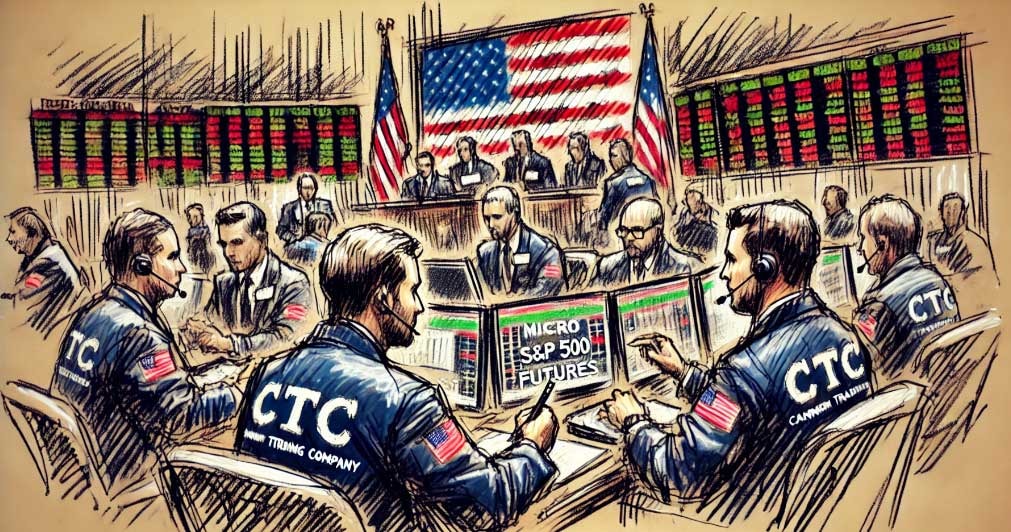
The best online brokers and brokerage accounts are waiting to make futures commodities trading possible right now and you can choose to go with interactive brokers or use the information they’ve collected to be your best online broker on your own, it’s completely up to you and how you want to trade. Commodities futures. stock ETF trades and options trades can be some of the most lucrative moves you can make and there’s an online broker ready to give you the chance to make lots of money off the market. You’ll get information on trends, past activity, and everything else you need to be the best online broker that you can be while you trade on your own behalf and make moves by trading stocks.
There are also active traders who can do the work for you if you don’t have the time it takes to become an expert on commodities futures and financial advisors who know the market and how to carry out the best trading strategy for you and your money. You don’t have to know everything about the stock market to start trading and making money off your investments right now. Just choose the best online broker and you’ll have all the resources you need to turn a profit and benefit from commodities futures.
Dear Traders,
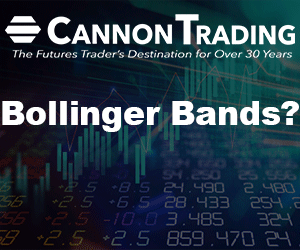
Trading Futures, Options on Futures, and retail off-exchange foreign currency transactions involves substantial risk of loss and is not suitable for all investors. You should carefully consider whether trading is suitable for you in light of your circumstances, knowledge, and financial resources. You may lose all or more of your initial investment. Opinions, market data, and recommendations are subject to change at any time when it comes to Futures Trading.
12.05.2021
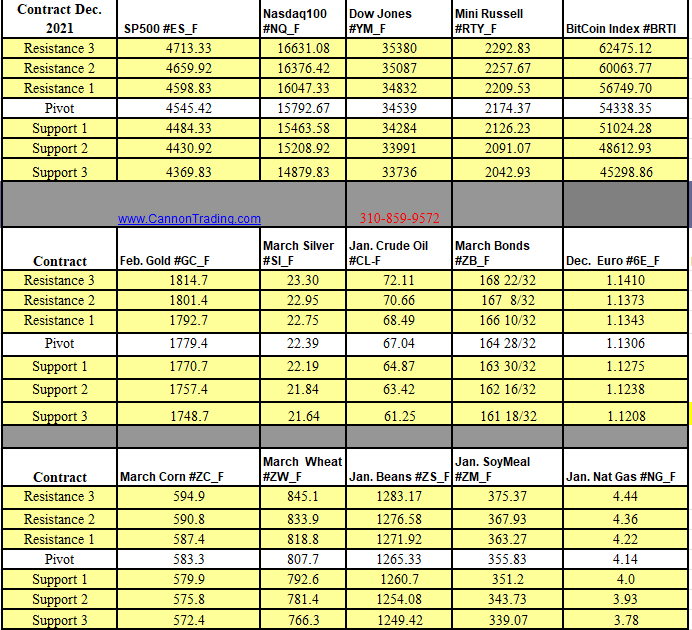
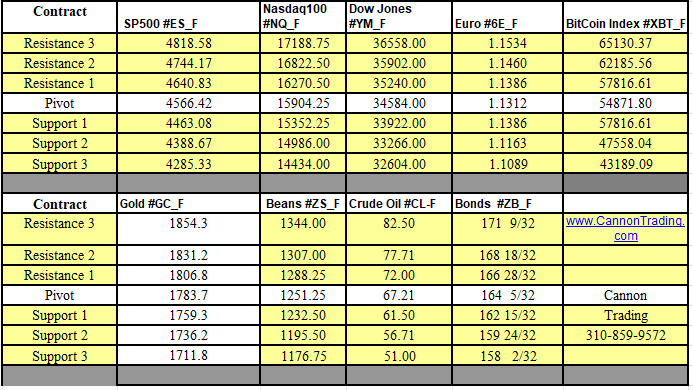
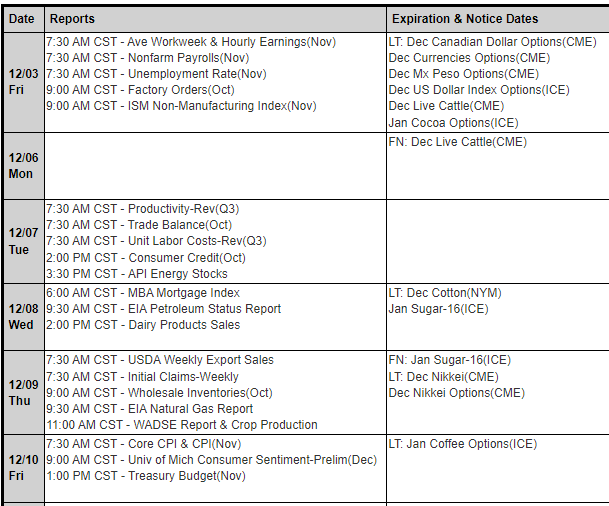
This is not a solicitation of any order to buy or sell, but a current market view provided by Cannon Trading Inc. Any statement of facts here in contained are derived from sources believed to be reliable, but are not guaranteed as to accuracy, nor they purport to be complete. No responsibility is assumed with respect to any such statement or with respect to any expression of opinion herein contained. Readers are urged to exercise their own judgement in trading
Dear Futures Trader,
Trading Futures, Options on Futures, and retail off-exchange foreign currency transactions involves substantial risk of loss and is not suitable for all investors. You should carefully consider whether trading is suitable for you in light of your circumstances, knowledge, and financial resources. You may lose all or more of your initial investment. Opinions, market data, and recommendations are subject to change at any time when it comes to Futures Trading.
11-30-2021
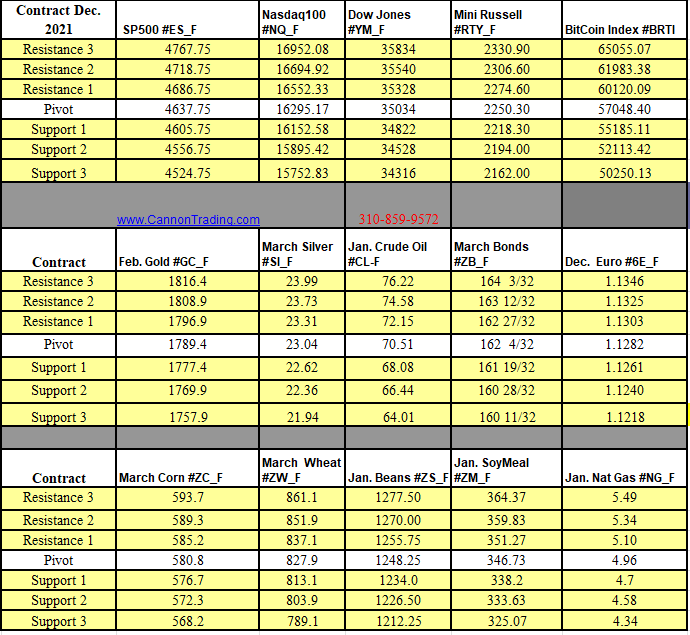
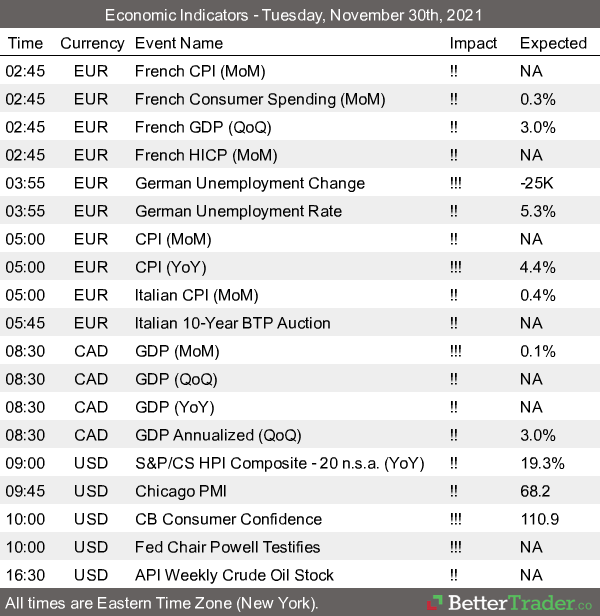
This is not a solicitation of any order to buy or sell, but a current market view provided by Cannon Trading Inc. Any statement of facts here in contained are derived from sources believed to be reliable, but are not guaranteed as to accuracy, nor they purport to be complete. No responsibility is assumed with respect to any such statement or with respect to any expression of opinion herein contained. Readers are urged to exercise their own judgement in trading.
Dear Traders,
Watch the latest trading videos we have posted and see if you can pick a tip or two on trading smarter!
In this week’s newsletter we are sharing four videos, each a few minutes long. The videos discuss practical tips for trading and sharing our experience with you
1. Using Bolinger Bands as a possible tool for exiting trades
2. One way you can use the Parabolics study ( also known as PSAR) to manage current positions, possibly as a trailing stop
3. Different ways traders can utilize support and resistance levels in their trading.
4. Entering trades on a stop, using “price confirmation”.
5. Utilizing Range Bar charts for shorter term trading as a way to try and filter out some noise.
Watch the videos instantly by clicking here
Trading Futures, Options on Futures, and retail off-exchange foreign currency transactions involves substantial risk of loss and is not suitable for all investors. You should carefully consider whether trading is suitable for you in light of your circumstances, knowledge, and financial resources. You may lose all or more of your initial investment. Opinions, market data, and recommendations are subject to change at any time when it comes to Futures Trading.
11-15.2021
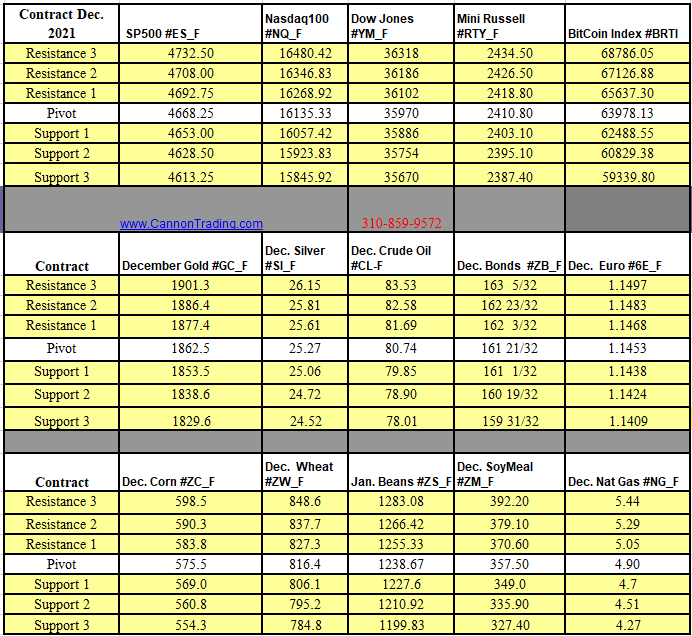

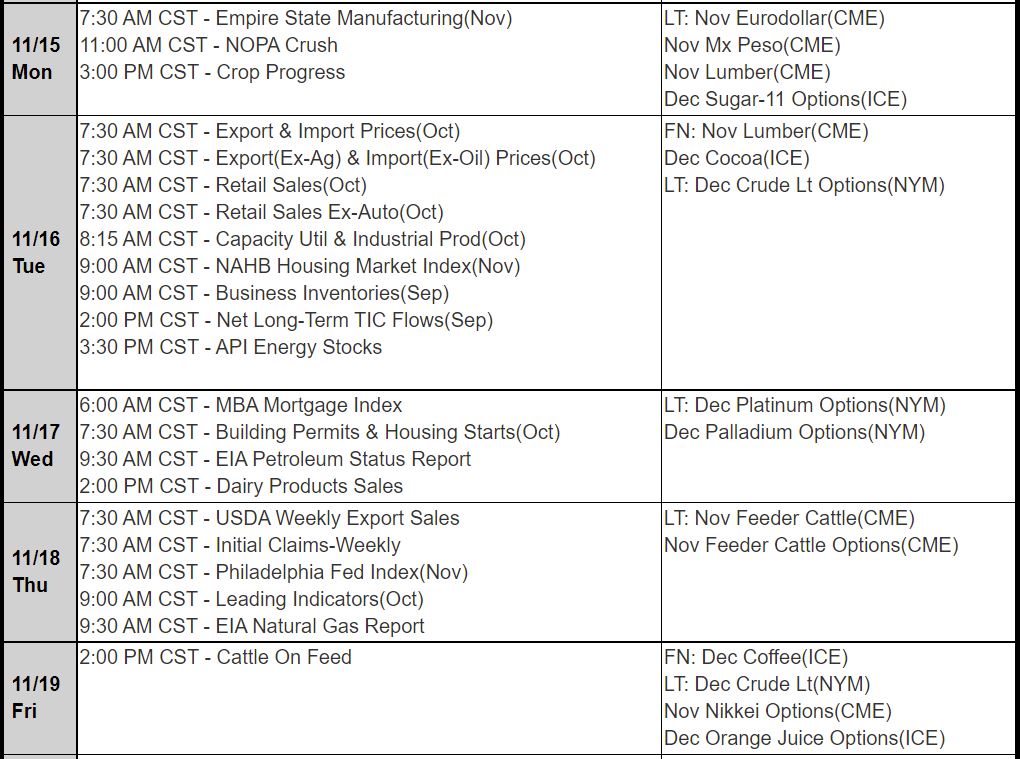
This is not a solicitation of any order to buy or sell, but a current market view provided by Cannon Trading Inc. Any statement of facts here in contained are derived from sources believed to be reliable, but are not guaranteed as to accuracy, nor they purport to be complete. No responsibility is assumed with respect to any such statement or with respect to any expression of opinion herein contained. Readers are urged to exercise their own judgement in trading
Dear Traders,
Trading Futures, Options on Futures, and retail off-exchange foreign currency transactions involves substantial risk of loss and is not suitable for all investors. You should carefully consider whether trading is suitable for you in light of your circumstances, knowledge, and financial resources. You may lose all or more of your initial investment. Opinions, market data, and recommendations are subject to change at any time when it comes to Futures Trading.
10-19-2020

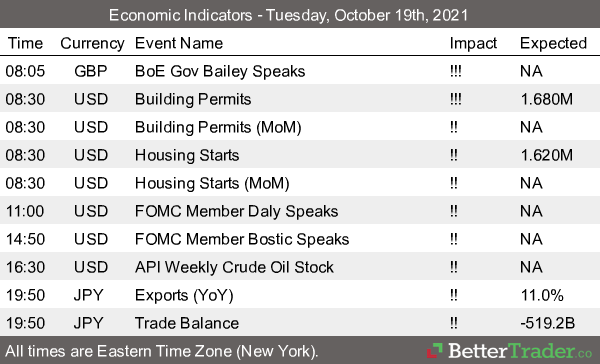
This is not a solicitation of any order to buy or sell, but a current market view provided by Cannon Trading Inc. Any statement of facts here in contained are derived from sources believed to be reliable, but are not guaranteed as to accuracy, nor they purport to be complete. No responsibility is assumed with respect to any such statement or with respect to any expression of opinion herein contained. Readers are urged to exercise their own judgement in trading.